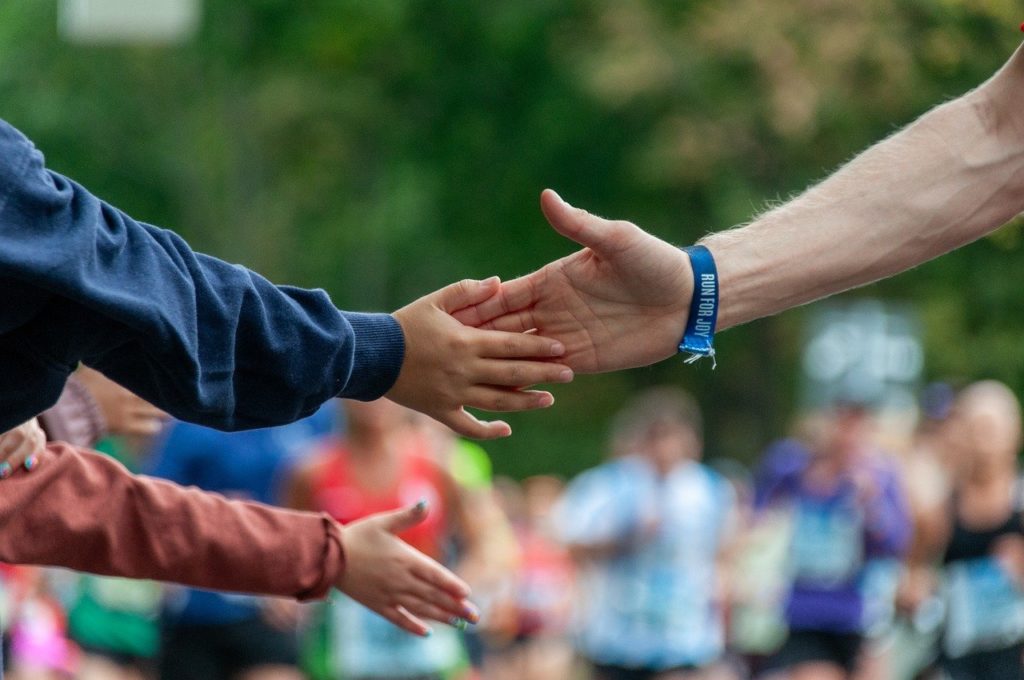
Schulich School of Business and Faculty of Health researchers say that while as many as 90 per cent of autistic people are unemployed or underemployed, their study points to the benefits of having neurodivergent people in the workplace
A well-established psychological theory states that most of us are less likely to intervene in a bad situation if other people are present, and this ‘bystander effect’ also applies to workplace settings. However, new research led by York University shows that autistic people are less likely to be affected by this social contagion than neurotypical people. They are less likely to stay silent in the face of gross misconduct or even just everyday mistakes, pointing to the positive aspects of autism and how organizations can benefit from hiring more neurodivergent people, findings reveal.
“Our study shows that to the extent that they would act if they saw something wrong, autistic employees were much more likely to intervene, regardless of the number of people present. And in situations where they would not intervene, they were more likely to identify the influence of others as the reason, whereas neurotypical employees were more reluctant to acknowledge this,” says lead author Lorne Hartman, an instructor with the Schulich School of Business.
Lorne and his son Braxton Hartman, a graduate student in the Faculty of Health at York who was a collaborator on the study, were inspired to look into this issue not only from their academic experience, but also because of personal experience — Braxton is autistic and has been a public advocate on the issue since he was 12 years old.
“One of the motivations here is that a lot of the current literature on autism comes from a deficit mindset. It’s saying these differences in autism are exclusively negatives. We want to reframe that and ask, ‘What are ways that some of these differences could be an advantage rather than just a negative?’” says Braxton, whose research also focuses on autism. “One of the core areas that people tend to consider a deficit in autism is social interaction. We wanted to examine whether this is a positive to the extent that autistic people are less influenced by others when it comes to dysfunctional or unethical situations.”
Lorne has a background in clinical psychology and his main area of research looks at unethical behaviour in organizations.
“But most importantly, in all of these cases, there were hundreds, maybe thousands of people who may not have been involved in the wrongdoing, but they should have been aware that it was going on,” he says, summarizing his earlier research. “So having people around who are willing to blow the whistle, so to speak, is very important for organizations.”
The study was published this week in the October issue of Autism Research and created with collaborators from the University of Toronto. The research participants — employed individuals, 33 autistic and 34 neurotypical — were asked to weigh in on hypothetical scenarios involving everything from inefficiencies to inequalities to quality concerns.
While the results are preliminary and more research is needed, the researchers say their work has important practical implications, especially considering that the rates of unemployment and underemployment for autistic people may be as high as 90 per cent, and even if they have higher education, that statistic only drops to 70 per cent.
“We’re looking at this from two angles. One is looking at helping organizations be more ethical and efficient, but also, helping people like myself – people on the spectrum – find gainful employment by helping to change the societal understanding of autism,” concludes Braxton.



